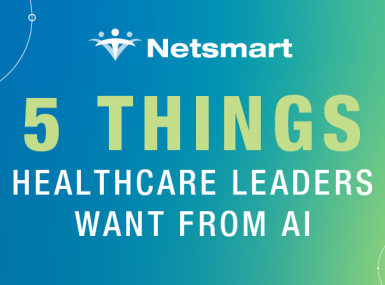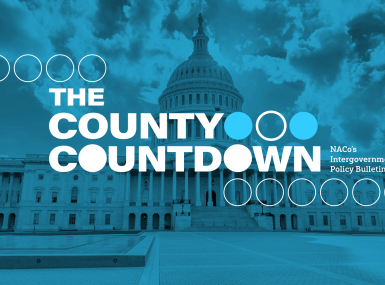BEAD Program Toolkit for Counties

Upcoming Events
Related News
Counties are key contributors to the success of the BEAD program
Internet access is a necessity, not a luxury. The Bipartisan Infrastructure Law (BIL) included passage of the Broadband Equity, Access, and Deployment (BEAD) program and the Digital Equity Act (DEA) programs, which targets building out broadband infrastructure to every unserved and underserved location across the country as well as funding critical digital equity initiatives across the country, respectively.
Counties have a key role to play, through local coordinators of broadband infrastructure funding as well as serving as direct subrecipients or funders of local broadband initiatives. This resource hub is intended to guide counties on the key deadlines, pertinent resources, and other initiatives that are critical under the BEAD and DEA programs.
As of June 6, 2025, the National Telecommunications and Information Agency has issued new guidance for the Broadband Equity Access and Deployment (BEAD) Program that makes substantial changes to existing rules. See the Policy Notice here, and read NACo's analysis on the new guidance here.
Action Items for Counties
1. Establish a strong relationship with your state broadband office
Get involved in their planning process as they formulate their Initial and Final Proposal for BEAD funding
2. Assess current and future broadband needs
Focus on local broadband availability, infrastructure deployment processes and challenges, and consult county-held data
3. Advocate for your county’s vulnerable communities
Targeted outreach and community convening will help boost awareness of the forthcoming funding opportunity
4. Apply to be a subgrantee
Counties can apply to directly deploy or fund broadband infrastructure networks – determine if this is a viable solution in your community
5. Develop data and engage in strategic planning
Consult county-held data, engage in feasibility and needs assessments, collaborate with neighboring counties and jurisdictions
Jump to Section
Programatic Resources
The National Telecommunications & Information Administration (NTIA) has released several guides to help counties navigate the BEAD program, including the new Policy Notice.
BEAD Program Resources
The BEAD Program promises to deliver broadband infrastructure to every unserved and underserved location in the country. Learn about how counties can partner and play a key role in the implementation of the program.
BEAD Restructuring Policy Notice
Review the NTIA Policy Notice instituting reforms to the BEAD program.
BEAD Plans and Milestones
Access public resources related to State BEAD Plans and Milestones.
Technical Assistance
Access the NTIA Technical Assistance hub for resources and tools in support of the BEAD program, including subgrantee qualifications.
NACo Resources
Affordable Connectivity Program Advocacy Toolkit
Get involved in the growing effort to refund the Affordable Connectivity Program. At its peak, the program enrolled almost 23 million households to receive a monthly benefit to better afford a high-speed internet subscription.
FCC's Location Fabric
Have you requested access to your county’s version of the Federal Communication Commission’s location fabric, as a part of the Broadband Data Collection process?
Program Contact

Seamus Dowdall
Resource
Outreach Toolkit for Counties: The FCC’s Affordable Connectivity Program







